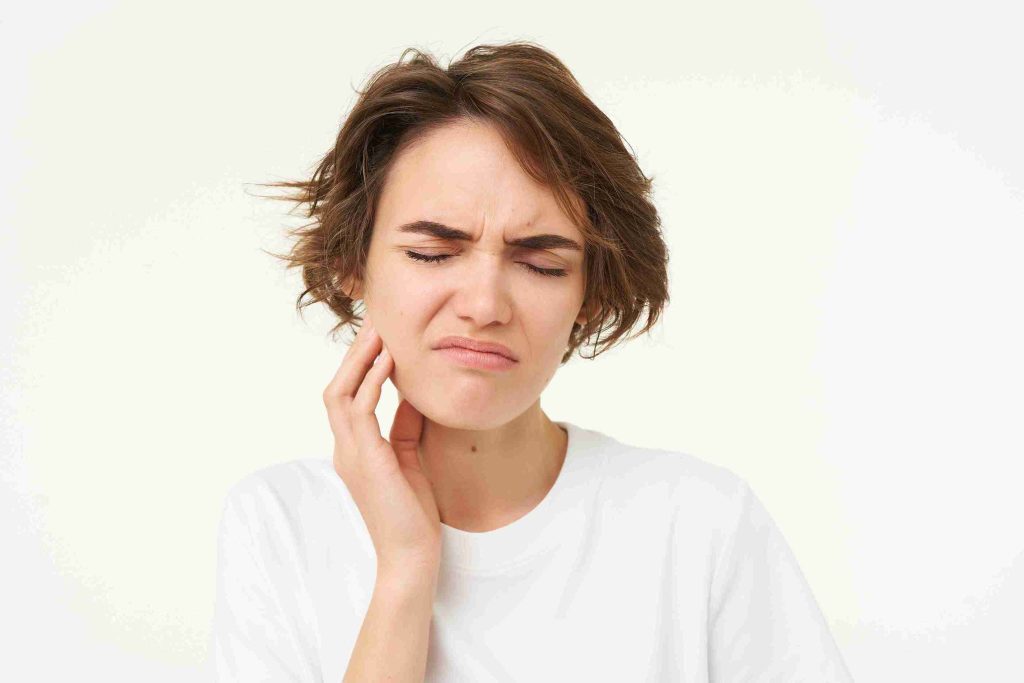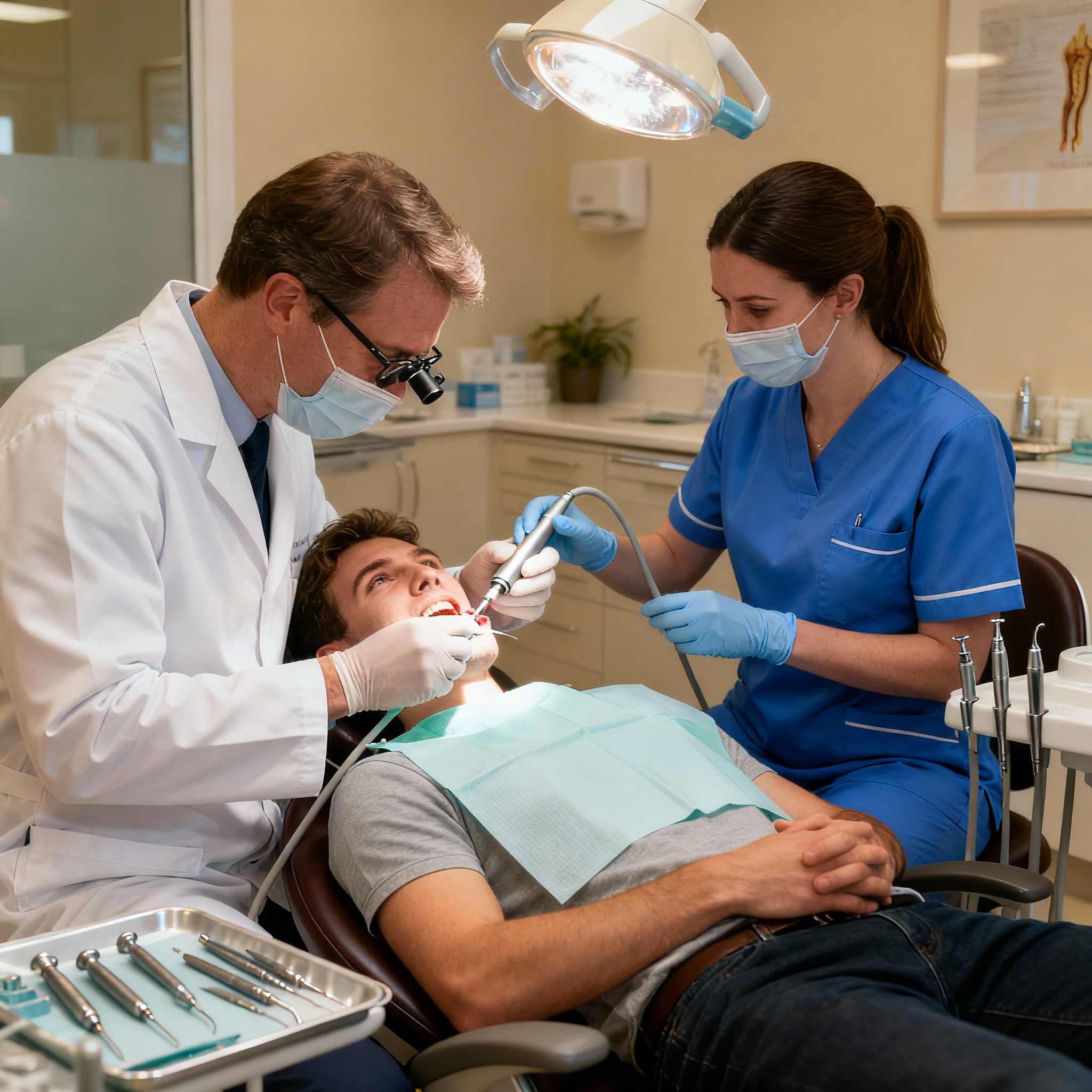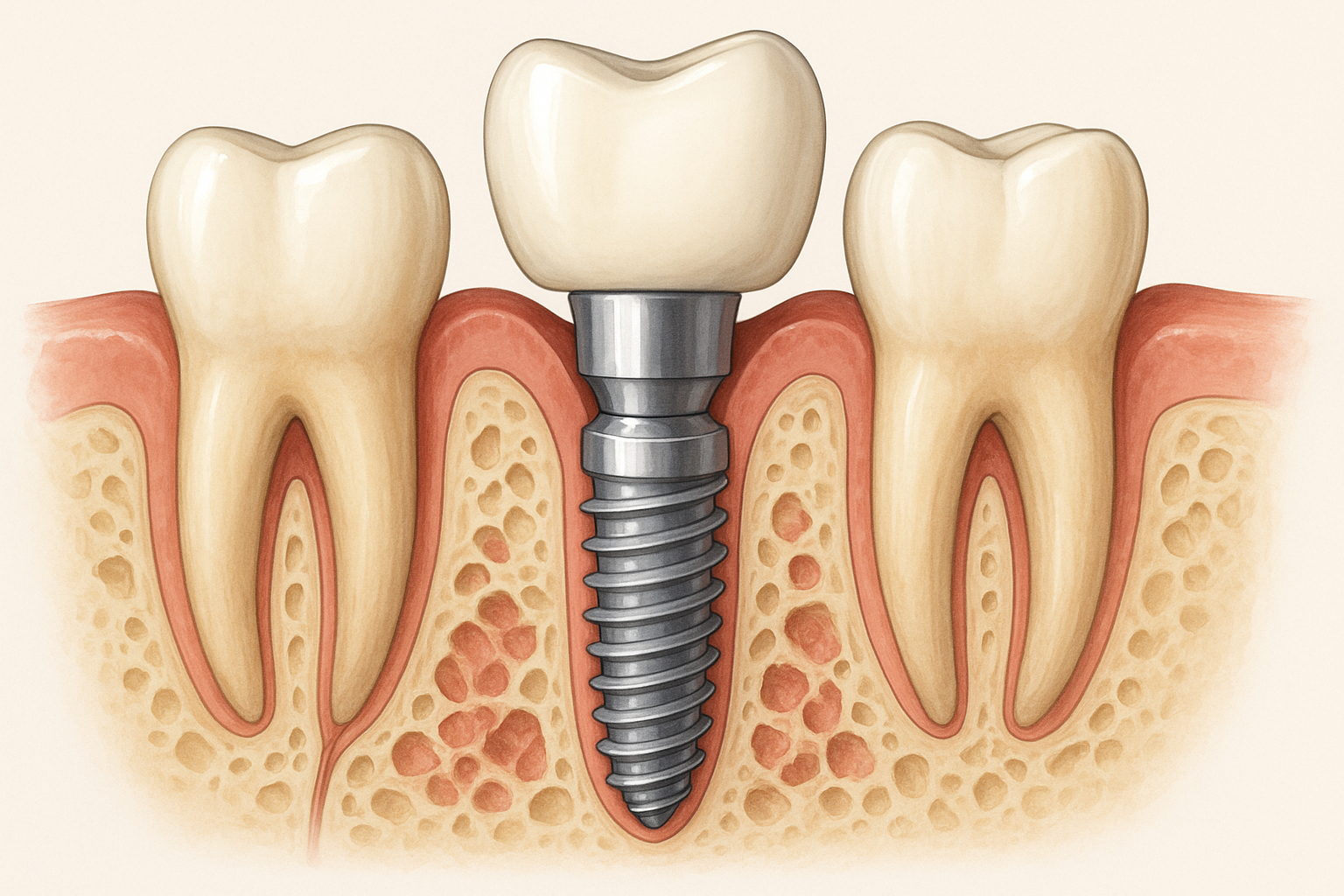Safe and painless tooth extraction at home may sound like a clever way to dodge a dentist bill—but the truth is, it’s a dangerous myth. Across TikTok, YouTube, and various blog forums, there’s a growing trend of people attempting DIY dental procedures. Unfortunately, this can lead to severe health complications, many of which require emergency medical attention.
In this comprehensive guide, we’ll unpack why home tooth extraction is never truly safe or painless, what the real risks are, and—most importantly—what you should do instead.

Understanding the Rise of DIY Dental Trends
Influence of Social Media and Online Tutorials
In today’s digital age, it only takes one viral video to spark a trend. Social media influencers, often without medical training, show seemingly “easy” hacks for pulling out teeth. But these portrayals dangerously oversimplify the risks.
The Appeal of Avoiding Dentist Visits
People fear pain, costs, or long waiting times. This leads some to think that skipping the clinic and pulling a tooth themselves is quicker and cheaper. However, the hidden costs—like hospital bills or permanent oral damage—tell a different story.
Misconceptions About Home Remedies
There’s a persistent belief that natural oils, string-pulling, or numbing agents can make extraction “safe.” But these remedies can’t match the expertise and hygiene standards of a licensed professional.
The Truth Behind ‘Safe and Painless Tooth Extraction at Home’
Why the Idea Is Misleading
No matter how “loose” a tooth feels, its removal involves soft tissue, nerves, and bone. Doing this without training often results in incomplete extractions, exposed roots, and infection.
What ‘Painless’ Really Means in a Clinical Context
Professionals use local anesthesia, sedation, and sterile tools to ensure minimal discomfort. “Painless” at home usually just means “I’ll tolerate it,” which is not safe by medical standards.
Understanding Dental Anatomy and Risks
Teeth are connected to nerves and surrounded by blood vessels. Pulling them incorrectly can cause nerve damage, fractured roots, and even jawbone trauma—complications that are hard to reverse.
Major Risks of At-Home Tooth Extraction
Infection and Sepsis Risks
Your mouth is home to billions of bacteria. Pulling a tooth without proper sterilization creates an open wound that can quickly become infected, potentially leading to life-threatening sepsis.
Uncontrolled Bleeding and Nerve Damage
Without surgical skill, it’s easy to damage an artery or nerve. Some patients have reported severe bleeding that requires emergency intervention.
Misdiagnosis and Incomplete Extraction
You might think the tooth is the problem, but what if it’s a symptom of something deeper, like an abscess or cyst? Without X-rays and diagnosis, you’re only treating the surface.
Common DIY Methods and Why They Fail
Floss and String Pulling Technique
Often glorified online, tying floss to a doorknob and slamming it is not only primitive—it’s medically unsafe. It may yank a tooth partially and leave behind root fragments.
Using Pliers or Tweezers
Many try household tools to “grab and twist” a tooth. These objects are unsanitary and lack the grip needed for precision, often causing jaw fractures or soft tissue damage.
Natural Remedies and Oils
Clove oil can relieve pain temporarily, but it doesn’t treat infections or decay. Similarly, saltwater rinses and garlic paste are supportive but not curative.
How Professionals Handle Tooth Extractions Safely
Diagnostic X-Rays and Precision
Dentists use imaging to assess root shape, bone health, and surrounding tissues. This ensures a full, safe extraction without leaving fragments behind.
Anesthesia and Sterilization
Your comfort and safety are priorities in clinical settings. Sterile instruments, gloves, and pain management protocols reduce the risk of infection and trauma.
Emergency Preparedness in Clinics
If complications arise—such as allergic reactions or excessive bleeding—dentists have protocols and medication on hand to handle them immediately.

Post-Extraction Complications from DIY Attempts
Dry Socket and Alveolar Osteitis
One of the most painful conditions post-extraction, dry socket occurs when the blood clot protecting the bone dislodges or fails to form. DIY extractions have a much higher risk of this, leading to intense pain and infection.
Broken Roots Left Behind
Amateurs often fail to extract the entire tooth, leaving fragments lodged in the gum. These remnants can decay, get infected, or require surgical removal later—making the situation far worse than it began.
Long-Term Dental Damage
Beyond immediate injury, improper extractions can shift surrounding teeth, distort your bite, and even cause bone loss in the jaw—complications that may require costly orthodontic or surgical corrections.
Why Seeing a Dentist Is the Only Safe Option
Preventative Care and Expert Evaluation
Dentists don’t just remove teeth—they evaluate whether extraction is even necessary. In many cases, root canals, fillings, or other treatments can save the tooth and prevent more drastic measures.
Professional Tools and Controlled Environment
Clinics are equipped with specialized tools that minimize trauma and ensure safe, clean procedures. This environment simply cannot be replicated in your bathroom or kitchen.
Follow-Up Care and Healing Support
From antibiotics to follow-up visits, professional care ensures your mouth heals properly. Dentists monitor for infections, bone healing, and tissue regeneration.
Real Stories: When At-Home Extractions Went Wrong
Case Studies from Dental Professionals
Dr. Emily Tran, a practicing dentist in Chicago, recalls a case where a patient tried to remove a molar using needle-nose pliers. The result? Broken roots, a cracked jaw, and emergency surgery. These stories are far from rare.
Media-Reported DIY Disasters
News outlets have covered multiple cases where individuals landed in the ER due to botched extractions. From teenagers using tongs to adults misdiagnosing dental abscesses, the outcomes are often grim.
Cost Concerns and Dental Anxiety: Understanding the Barriers
Cost-Effective Dental Plans and Community Clinics
Yes, dental work can be expensive—but many clinics offer payment plans, sliding scale fees, or work with insurance providers. Some even offer charity-based services for low-income families.
Addressing Fear and Anxiety with Sedation Options
Modern dentistry includes mild to deep sedation options for nervous patients. From laughing gas to IV sedation, there are pain-free ways to handle dental work without fear.
Safe Alternatives to DIY Tooth Extraction
Temporary Pain Relief Techniques
Until you can see a dentist, use cold compresses, over-the-counter pain relievers like ibuprofen, and saltwater rinses to manage discomfort safely.
When to Use Over-the-Counter Medications
Painkillers, topical gels, and anti-inflammatory drugs can ease symptoms. Always follow dosage instructions and avoid applying aspirin directly to the gums, as it can burn the tissue.
Tele-Dentistry Consultations
Many dental clinics now offer virtual consultations. These can help you assess the situation and receive professional advice without leaving home.
The Role of Education in Dental Safety
Public Health Awareness Campaigns
Organizations like the American Dental Association (ADA) and CDC run campaigns to discourage unsafe home remedies. Raising awareness can prevent irreversible damage.
Dentist’s Advice vs. Online Myths
Trust professionals, not influencers. What works for one person in a viral video might cause permanent harm to another.
Red Flags That Mean You Need Immediate Dental Attention
- Swelling, Pus, and Severe Pain: These are signs of infection and possibly an abscess.
- Loose Teeth in Adults: This could indicate periodontal disease or bone loss.
- Gum Recession and Exposed Roots: Extractions won’t fix this—it needs specialist care.
Pediatric Considerations: Why Kids Need Special Care
Natural Tooth Loss vs. Forced Extraction
Baby teeth fall out naturally. Forcing them prematurely can damage the permanent tooth underneath.
Pediatric Dental Monitoring
Children need routine dental visits to ensure healthy development. A pediatric dentist can assess if intervention is needed or if the tooth will fall out on its own.
How to Find Affordable and Trustworthy Dental Care
Tips for Finding Licensed Professionals
- Check state dental board websites
- Read verified online reviews
- Ask for referrals from friends and family
Using Insurance or Dental Discount Plans
Plans like DentalPlans.com or Careington offer significant discounts for procedures—even without traditional insurance.
Government Programs and Assistance
Programs like Medicaid, CHIP, or community health centers provide free or reduced-cost dental services for qualifying individuals.
FAQs About Tooth Extraction at Ho
Is pulling a loose tooth at home ever okay?
For children losing baby teeth, it’s fine if the tooth is extremely loose. But for adults, any loose tooth likely signals an underlying issue that needs professional care.
What if I can’t afford a dentist?
Look into community clinics, dental schools, or public health programs. There are many affordable options that prioritize safety.
Are home remedies for pain effective?
They can help temporarily but don’t address the root cause. Only a dentist can properly diagnose and treat the problem.
Can saltwater or clove oil replace treatment?
These are supportive tools, not treatments. They help with minor discomfort but don’t cure infections or decay.
What if I already pulled a tooth and it’s infected?
See a dentist immediately. Infection can spread quickly to the bloodstream and become life-threatening.
How do I know if a tooth needs professional removal?
Pain, swelling, deep decay, or gum disease are signs. Only a dental X-ray and evaluation can confirm whether extraction is needed.
Final Thoughts: Choose Health, Not Risk
Attempting a safe and painless tooth extraction at home might feel like a shortcut, but it’s a gamble with your health. From infections and nerve damage to long-term oral complications, the risks far outweigh any perceived benefit. Always consult a licensed professional before making dental decisions.
Protect your smile the right way—because your health is worth more than a quick fix.





